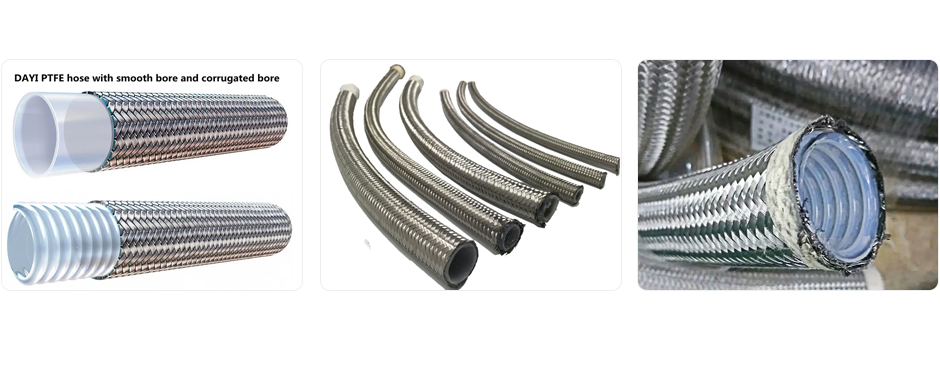335345435
Nov . 21, 2024 04:31 Back to list
what is hydraulic hose made of
What is a Hydraulic Hose Made Of?
Hydraulic hoses are crucial components in hydraulic systems, which are used in various applications ranging from industrial machinery to automotive systems. An understanding of what these hoses are made of is essential for anyone involved in maintenance, repair, or construction where fluids are controlled under pressure.
First and foremost, hydraulic hoses are designed to transport hydraulic fluid under a range of pressures and temperatures
. The construction of a hydraulic hose is critical for its durability and performance, typically consisting of multiple layers that provide strength, flexibility, and resistance to environmental factors.1. Inner Tube
The innermost layer of a hydraulic hose is known as the inner tube. This layer is in direct contact with the hydraulic fluid and is made from various types of elastomers and polymers. Common materials include synthetic rubber, such as nitrile, which is resistant to oil and facilitates smooth fluid flow. This inner tube must be engineered to withstand the specific type of hydraulic fluid being used, ensuring compatibility and longevity.
2. Reinforcement Layer
The next layer is the reinforcement layer, which is crucial for allowing the hose to withstand high pressures. This layer provides structural integrity and reinforcement, ensuring that the hose retains its shape and does not burst under pressure. Reinforcement can be made from a variety of materials, including steel wire, nylon, or polyester.
Steel wire braiding or winding is the most common method of reinforcement. It can consist of one or multiple layers, depending on the pressure ratings of the hose. For high-pressure applications, multiple layers of steel wire may be used, providing additional strength and safety.
what is hydraulic hose made of

3. Outer Cover
Surrounding the reinforcement layer is the outer cover of the hose. This layer serves multiple purposes, including protection against abrasion, sunlight, and environmental factors. The material of the outer cover is typically made from durable compounds, such as rubber or thermoplastic, which can resist various chemicals and extreme temperatures. The choice of outer cover material can influence the hose's overall performance and lifespan, especially in harsh environments.
4. Standards and Specifications
Hydraulic hoses must meet certain standards to ensure they can safely handle the required pressures and temperatures. These standards, such as those set by the Society of Automotive Engineers (SAE) and the International Organization for Standardization (ISO), dictate the materials used and the construction processes. Following these guidelines ensures that hoses are reliable and perform optimally under specified conditions.
5. Considerations for Selection
When choosing a hydraulic hose, it is important to consider the specific application and conditions it will be operating under. Factors such as the type of hydraulic fluid, temperature ranges, bend radius, and the environment will dictate which materials and construction methods are appropriate. It is advisable to consult with manufacturers’ specifications and guidelines to select the appropriate hose.
6. Conclusion
In summary, hydraulic hoses are intricate products composed of multiple layers designed for durability, flexibility, and chemical resistance. The inner tube, reinforcement layer, and outer cover all play vital roles in ensuring the hose operates effectively under varying pressures and conditions. Understanding the materials and construction of hydraulic hoses not only aids in selecting the right hose for the right job but also contributes to the overall safety and efficiency of hydraulic systems. Regular maintenance and inspection of hydraulic hoses can prevent failures, ensure consistent performance, and extend the lifespan of hydraulic systems. As technology advances, ongoing improvements in materials and design continue to enhance the performance and reliability of hydraulic hoses in diverse applications.
-
SAE 100 R17 Black Smooth Cover Hydraulic Hose
NewsMar.07,2025
-
SAE 100 R17 Black Smooth Cover Hydraulic Hose
NewsMar.07,2025
-
SAE 100 R17 Black Smooth Cover Hydraulic Hose
NewsMar.07,2025
-
SAE 100 R17 Black Smooth Cover Hydraulic Hose
NewsMar.07,2025
-
SAE 100 R17 Black Smooth Cover Hydraulic Hose
NewsMar.07,2025
-
steel wire braided hydraulic hose
NewsMar.07,2025



